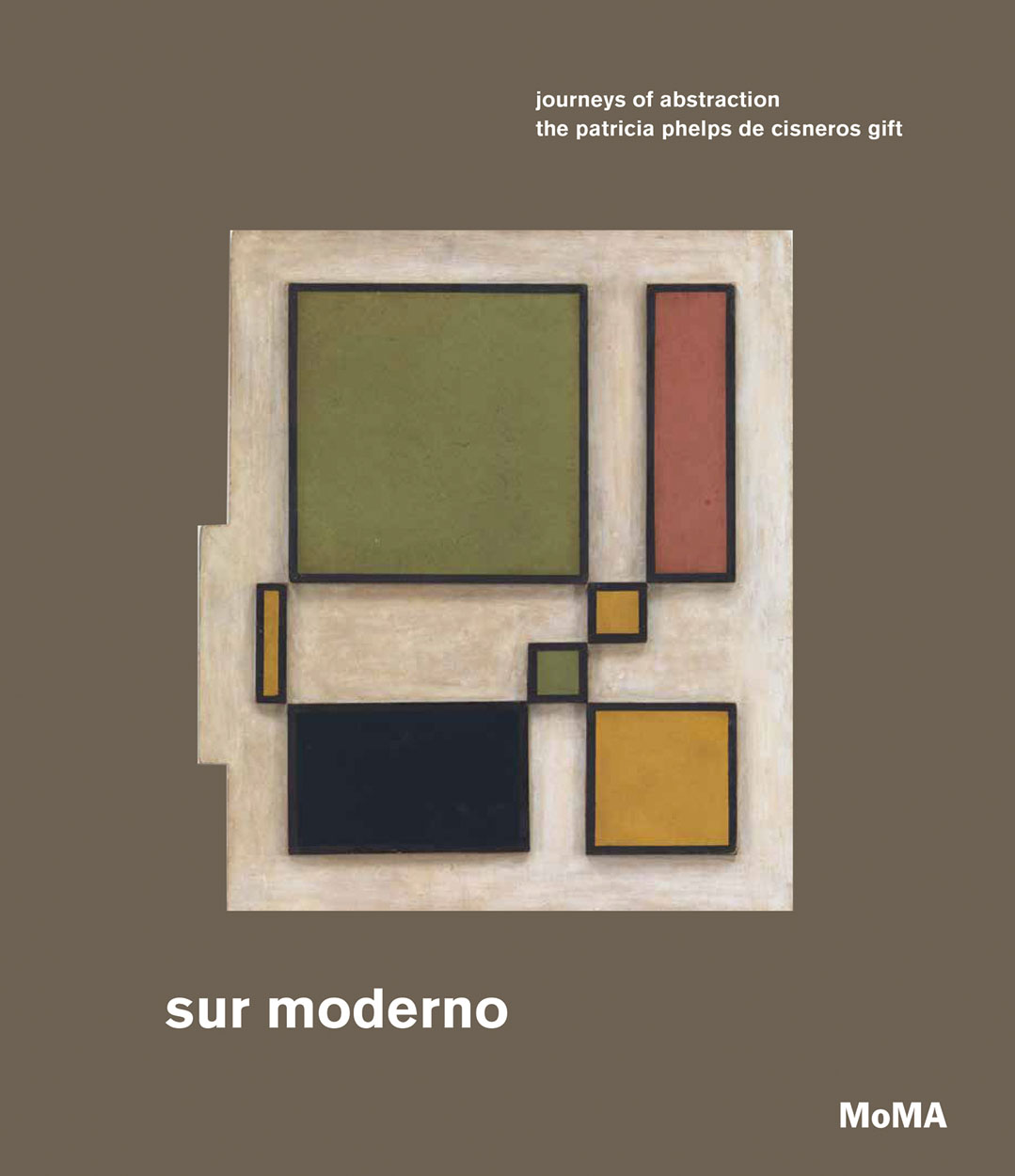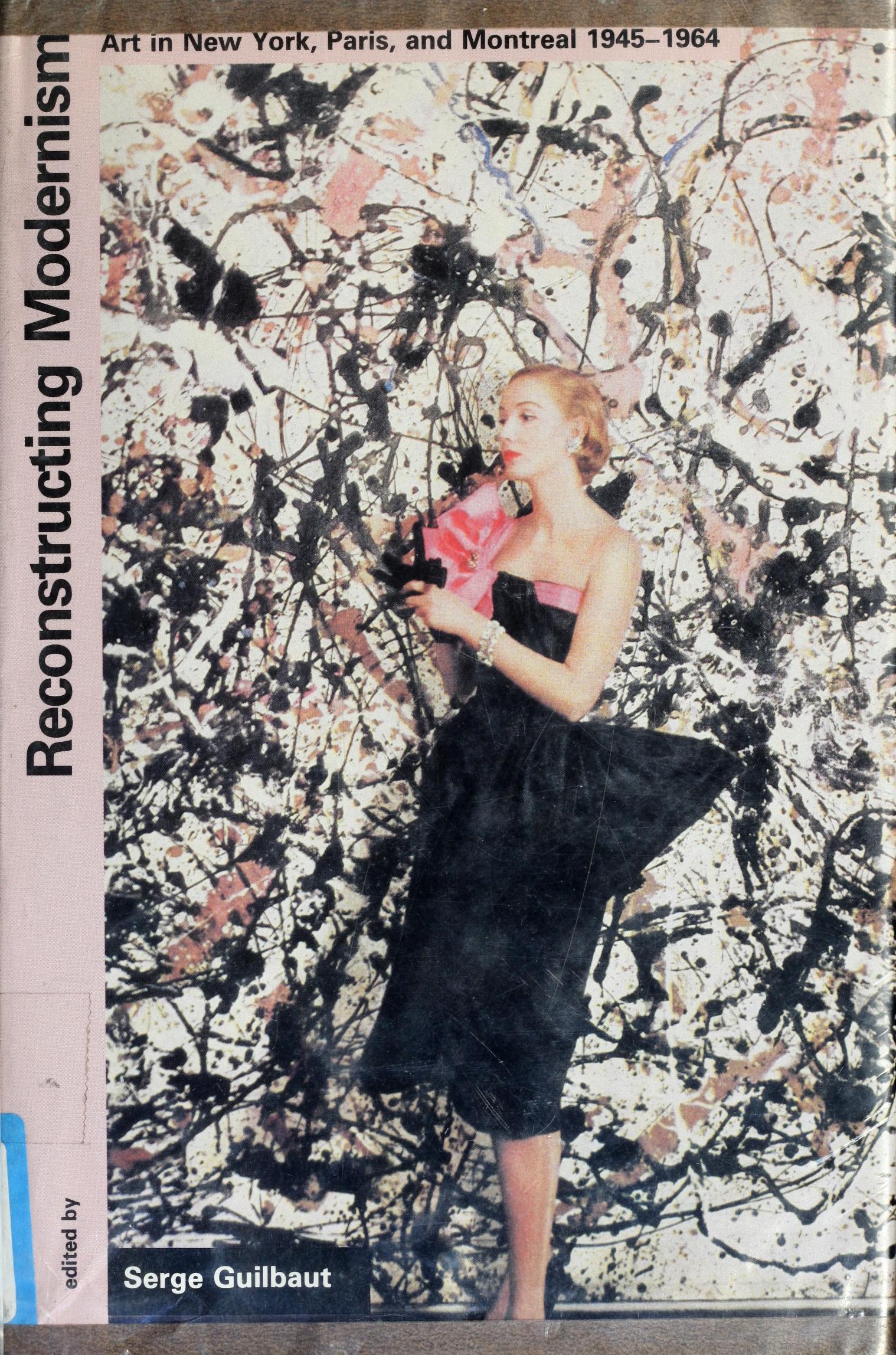Sur moderno: recorridos de la abstracción (2019) [Spanish]
Filed under catalogue | Tags: · abstract art, art history, concrete art, latin america, modern art, south america

“Sur moderno: Journeys of Abstraction explores the abstract and Concrete art movements that flourished in South America from the mid-1940s to the late 1970s. Published in conjunction with a major exhibition, this richly illustrated volume features work by artists from across the region, including Lidy Prati, Tomás Maldonado, Rhod Rothfuss, Lygia Clark, Hélio Oiticica, Jesús Rafael Soto, and Alejandro Otero. Sur moderno highlights a selection of works gifted to MoMA by Patricia Phelps de Cisneros between 1997 and 2016—a donation that has transformed the Museum’s holdings of Latin American art, enabling a more comprehensive representation of the region’s integral role in the development of modern art.”
With contributions by Glenn D. Lowry, Irene V. Small, María Amalia García, Monica Amor and Inés Katzenstein.
Edited by Inés Katzenstein and María Amalia García with Karen Grimson and Michaëla de Lazace
Publisher Museum of Modern Art, New York, Oct 2019
ISBN 9781633450981
224 pages
via El ojo motor
Exh. reviews: Roberta Smith (New York Times, 2019), Edward J. Sullivan (ARTnews, 2019).
Exhibition (EN)
Publisher (ES)
WorldCat
PDF (49 MB, updated on 2023-10-30)
Comments (6)Alfred H. Barr, Jr.: Cubism and Abstract Art: Painting, Sculpture, Constructions, Photography, Architecture, Industrial Art, Theatre, Films, Posters, Typography (1936)
Filed under book, catalogue | Tags: · abstract art, abstraction, architecture, art, art history, avant-garde, constructivism, cubism, dada, design, expressionism, fauvism, film, futurism, impressionism, painting, photography, sculpture, suprematism, surrealism, theatre, typography

The catalogue of the first MoMA’s retrospective of modernism, held 2 March-19 April 1936, laid the theoretical foundation of the museum. Its jacket contains a notorious chart of modernist art history, the Diagram of Stylistic Evolution from 1890 until 1935.
“The catalogue remains an important historical document (as does that for Fantastic Art, Dada, Surrealism). It set abstraction within a formalist framework that—ignoring the intellectual byways of French symbolism, German idealism, and Russian Marxism of the previous thirty years—was shaped by the scientific climate that had started a century before. … The exhibition together with the widespread dissemination of its influential catalogue, established Cubism as the central issue of early modernism, abstraction as the goal.” (Sybil Gordon Kantor, 2003)
The exhibition later traveled to another 7 cities: San Francisco, Cincinnati, Minneapolis, Cleveland, Baltimore, Providence, and Grand Rapids.
Publisher Museum of Modern Art, New York, 1936
249 pages
via MoMA
Commentary: Meyer Schapiro (Marxist Quarterly, 1937), Susan Noyes Platt (Art Journal, 1988), Astrit Schmidt Burkhardt (Word & Image, 2000).
Publisher (incl. master checklist and press releases)
WorldCat
PDF (47 MB)
Comment (1)Serge Guilbaut (ed.): Reconstructing Modernism: Art in New York, Paris, and Montreal 1945-1964 (1990)
Filed under book | Tags: · 1940s, 1950s, 1960s, abstract art, abstract expressionism, abstraction, art history, modernism, neo-dada, painting

“These essays reopen the case of postwar abstraction. They constitute a dialogue among historians, critics, painters, and art historians that allows not only new readings of specific art works but also a new understanding of the reception of art in the postwar Western world.
Reconstructing Modernism takes up the complex relationship between art and politics in the postwar years, debating the reasons for the simultaneous development in Paris, Montreal, and New York of a type of ‘hot’ expressionist painting–variously called abstract expressionism, abstraction lyrique, automatisme–and its replacement by neodada and neocold abstraction in the early 1960s. Well-known works by Pollock, Warhol, Soulages, Fautrier, Rauschenberg, and Gabo are reassessed, and their meaning is reappraised according to the larger international artistic and political discourse.
The contributions cover a wide range of issues. Timothy J. Clark, Thierry de Duve, Constance Naubert-Riser, and Thomas Crow focus on specific works of major artists of the period. Laurie J. Monahan, Serge Guilbaut, and Benjamin H. D. Buchloh look at art production in relation to particular aspects of the Cold War. Jean Baudrillard and François-Marc Gagnon discuss the effects of the international situation on the arts in general. John Franklin Koenig describes the experience of an American artist working in Paris after the war. John O’Brian relates the impact and the reception of Matisse’s work in New York, and Lary May discusses the transformation of Hollywood during the McCarthy era.”
Publisher MIT Press, 1990
ISBN 0262570920, 9780262570923
418 pages
PDF (146 MB)
Comment (0)
